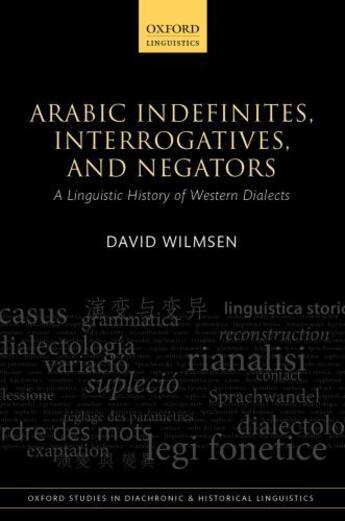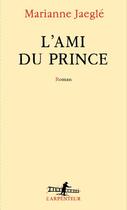-
Nombre de pages : (-)
-
Collection :
(-)
-
Genre :
(-)
-
Thème :
Non attribué
-
Prix littéraire(s) :
(-)
Résumé:
This book traces the origins and development of the Arabic grammatical marker š/šī, which is found in interrogatives, negators, and indefinite determiners over a broad dialect area that stretches from the southern Levant to North Africa and includes dialects of Yemen and Oman.... Voir plus
This book traces the origins and development of the Arabic grammatical marker š/šī, which is found in interrogatives, negators, and indefinite determiners over a broad dialect area that stretches from the southern Levant to North Africa and includes dialects of Yemen and Oman. David Wilmsen draws on data from old vernacular Arabic texts and from a variety of Arabic dialects, and shows that, contrary to much of the literature on the diachrony of this morpheme, š/šī does not derive from Arabic šay 'thing'. Instead, he argues that it dates back to a pre-Arabic stage of West Semitic and probably has its origins in a Semitic demonstrative pronoun. On this theory, Arabic šay could in fact derive from š/šī, and not vice versa.
The book demonstrates the significance of the Arabic dialects in understanding the history of Arabic and the Semitic languages, and claims that modern Arabic dialects could not have developed from Classical Arabic. It will be of interest to historical linguists of all persuasions from graduate level upwards, particularly all those working on Arabic and other Semitic languages.
Donner votre avis














